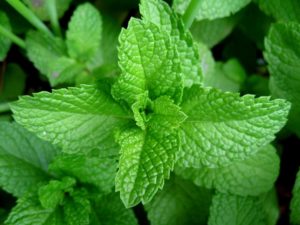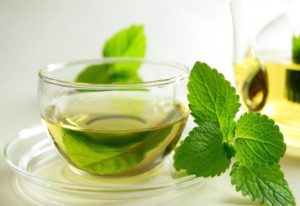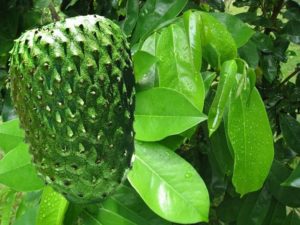Conocida popularmente como hierbabuena, yerbabuena o menta de jardín, la Mentha spicata, es una especie del género Mentha, una hierba que, más allá de sus propiedades aromáticas, puede ser un ingrediente más de nuestros platos y bebidas. Y no solo eso: también un remedio para determinadas dolencias.
Los usos de la hierbabuena son tantos que la convierten en una planta irresistible. Tiene propiedades antiespasmódicas, es carminativo, antiséptico, analgésico, antiinflamatorio y estimulante.
Contiene mentol como principal componente activo. También contiene mentona, felandreno y limoneno.
La forma más común de usar la hierbabuena es haciendo infusión con sus hojas.

OTROS USOS Y BENEFICIOS DE LA HIERBABUENA:
- Alivia gases intestinales, por poseer efecto antiespasmódico, es capaz de disminuir cólicos intestinales y alteraciones digestivas, es antiemético alivia náuseas y vómitos.
- Facilita la digestión y disminuye la acidez, por activar la producción de bilis y mejorar la función del sistema digestivo.
- Ayuda a aliviar la fiebre, pues estimula la circulación.
- Combate el dolor de cabeza, por ser vasodilatador.
- Disminuye síntomas de estrés, ansiedad y agitación por tener efectos tranquilizantes;
- Actua como antiséptico, reduciendo la capacidad de crecimiento de bacterias y amebas en el tracto digestivo
- Para los resfriados y la gripe. El mentol que contiene la hierbabuena reduce la mucosidad, además es efectiva para aliviar la garganta irritada.
- Calma la piel irritada a causa de quemaduras solares, picaduras de insectos o erupciones causadas por plantas venenosas. Para ello es necesaria su aplicación tópica.

Siempre es bueno estar informado al 100% y consultar con tu médico de confianza antes de tomar cualquier suplemento.
Producto 100% natural, su uso está destinado al consumo como alimento.
EL CONSUMO DE ESTE PRODUCTO ES RESPONSABILIDAD DE QUIEN LO RECOMIENDA Y DE QUIEN LO USA
REFERENCIAS
1) Mentha spicata as natural analgesia for treatment of pain in osteoarthritis patients.
Mahboubi M.Complement Ther Clin Pract. 2017 Feb;26:1-4. doi: 10.1016/j.ctcp.2016.11.001. Epub 2016 Nov 2.PMID: 28107842 Review.
The use of essential oils as pain killer has increased, recently. Mentha spicata, or spearmint essential oil is famous due to its anti-flatulence effects, but one less known biological activity of spearmint is its analgesic activity. The aim of our study was to conf …
Ali-Shtayeh MS, Jamous RM, Abu-Zaitoun SY, Khasati AI, Kalbouneh SR.Evid Based Complement Alternat Med. 2019 Oct 20;2019:3834265. doi: 10.1155/2019/3834265. eCollection 2019.PMID: 31772594 Free PMC article.
In the present study, the medicinal aromatic plant Mentha spicata has been investigated as a source of essential oil (EO) and pharmaceuticals. The quantity and composition of EO from M. spicata cultivated in Palestine were analyzed seasonally over a three-yea …
Emre I, Kurşat M, Yilmaz Ö, Erecevit P.Braz J Biol. 2020 May 11:S1519-69842020005010202. doi: 10.1590/1519-6984.224654. Online ahead of print.PMID: 32401852 Free article.
The present study determined some biological compounds, radical scavenging activity and antimicrobial capacity in seeds of Satureja hortensis L. and Mentha spicata L. subsp. spicata. Alpha-linolenic acid (C18:3 n3) has been found to be the major polyunsaturat …
Bardaweel SK, Bakchiche B, ALSalamat HA, Rezzoug M, Gherib A, Flamini G.BMC Complement Altern Med. 2018 Jul 3;18(1):201. doi: 10.1186/s12906-018-2274-x.PMID: 29970065 Free PMC article.
BACKGROUND: Mentha spicata (M. spicata) is a member of Lamiaceae that spreads mainly in the temperate and sub-temperate zones of the world. …The objectives of the current study were to evaluate chemical composition, antioxidant, antimicrobial and antiprolif …
Avram S, Mernea M, Bagci E, Hritcu L, Borcan LC, Mihailescu DF.CNS Neurol Disord Drug Targets. 2017;16(7):800-811. doi: 10.2174/1871527316666170113115004.PMID: 28088901




